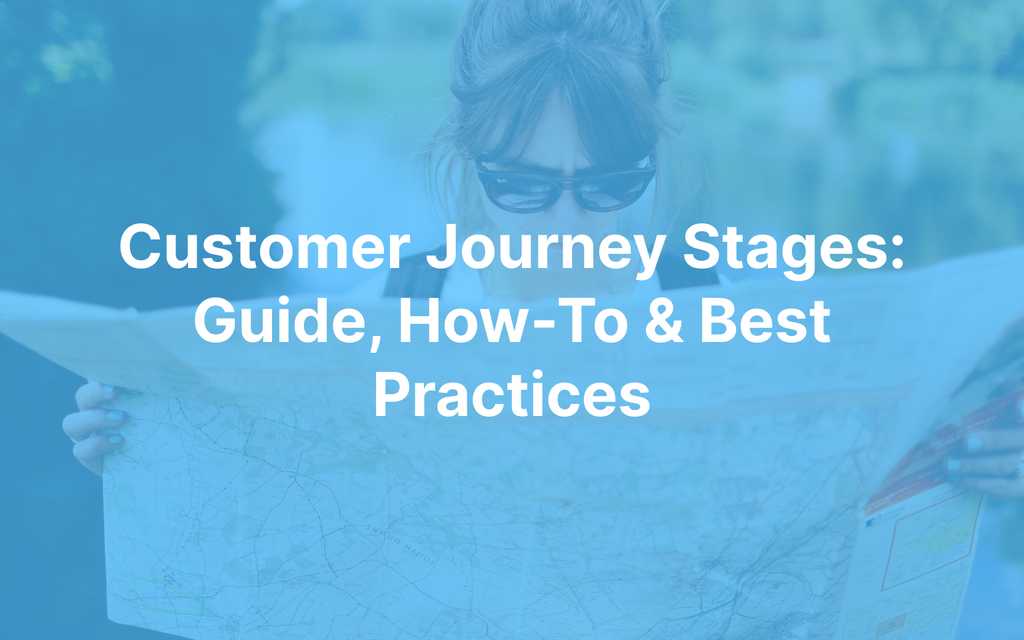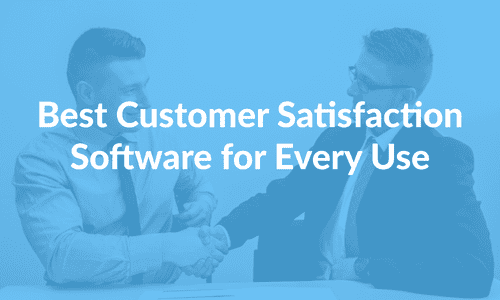It’s easy to fall into an if it ain’t broke, don’t fix it mindset when thinking about customer journeys—why mess with a system that’s served you well so far? The rather unsurprising answer is that your customer journey isn’t nearly as efficient, enjoyable, and profitable as it could be.
According to McKinsey, when the average business makes systematic, targeted improvements to their customer journey, they increase revenue by 15-20% while also cutting service costs by 15-20%.
Interested in this win-win scenario? You’re going to need a solid understanding of the journey stages and what they mean to your business. And in this Customerly guide, we’ll be giving you a crash course to get you started.
Let’s dive in.
What Is the Customer Journey?
A customer journey is the life cycle of a customer’s relationship with your business—from the point of initial contact to post-purchase follow-up.
The customer journey is a fluid spectrum—but that’s not an especially helpful way of thinking about it. To simplify things, people usually break the customer journey down into stages (five, to be exact) that are defined by customer needs, behaviors, and touchpoints.
When you understand each stage, you’re much better equipped to give each customer the experience they’re looking for at any given moment.
Check out how Feed Donkey uses Customerly to engage with their clients at every stage of the journey.
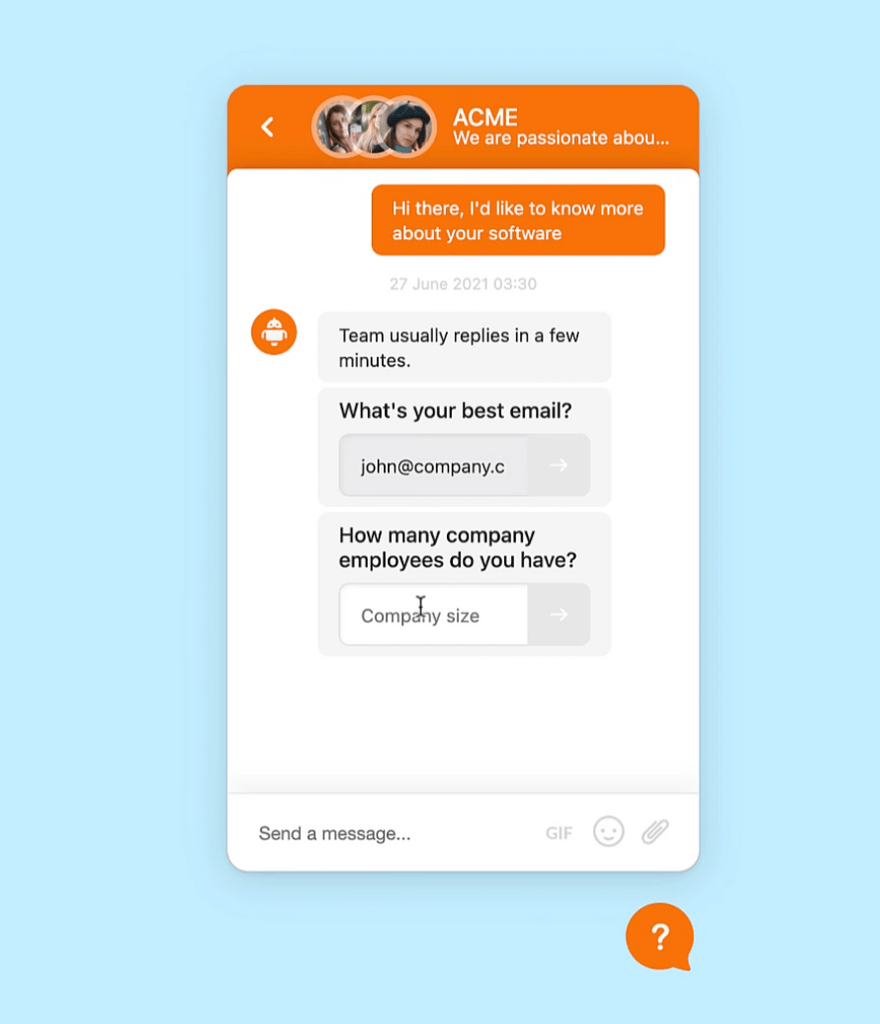
What are those stages? Let’s go over them now.
The Stages of a Customer Journey
- Awareness: The customer becomes aware of your product or service. Maybe they saw an ad, or maybe they clicked on a blog post—the important point is that they know your company exists.
- Consideration: The customer isn’t simply aware of your existence; they’re actively considering your company as a solution to their problem(s). This usually involves fairly surface-level research and comparison.
- Purchase: This is the point when a customer has decided to purchase something from your company. They’ve put aside any hesitations or doubts and moved forward with their purchase.
- Retention: The customer made a purchase (congrats)—now your goal is to retain their business. In practice, that means offering incredible post-purchase support, demonstrating that you value the relationship (e.g., offers and rewards), and delivering an excellent overall experience.
- Advocacy: This is one of the most powerful stages in terms of impact on your bottom line. In this stage, the customer is not only satisfied—they actively champion your product or service to their friends and family. This can create a snowball effect that fast-tracks growth.
Why Is It Important To Understand the Different Customer Journey Stages?
We already covered two very good reasons to care about customer journey stages—increased revenue and decreased costs. But those benefits are really side effects of far more important reasons:
Allocate Resources Effectively
Your customer journey is a complex mess of touchpoints, channels, mediums, features, benefits, use cases, landing pages… you get the idea.
When you understand the stages (and what they mean for customers), it helps you identify where to invest, what features and tools to prioritize, and how best to engage with customers along their entire purchase journey. The result is a system that’s working as close to maximum efficiency as possible when it comes to generating revenue.
Personalized Customer Experience
On a related note, these stages also give you a quick and easy way to segment leads and customers into intuitive groups. These groups are easy to target for personalized messages, tailored content, and relevant product recommendations.
With Customerly, you can build custom lists of customers in our CRM using a range of characteristics, including:
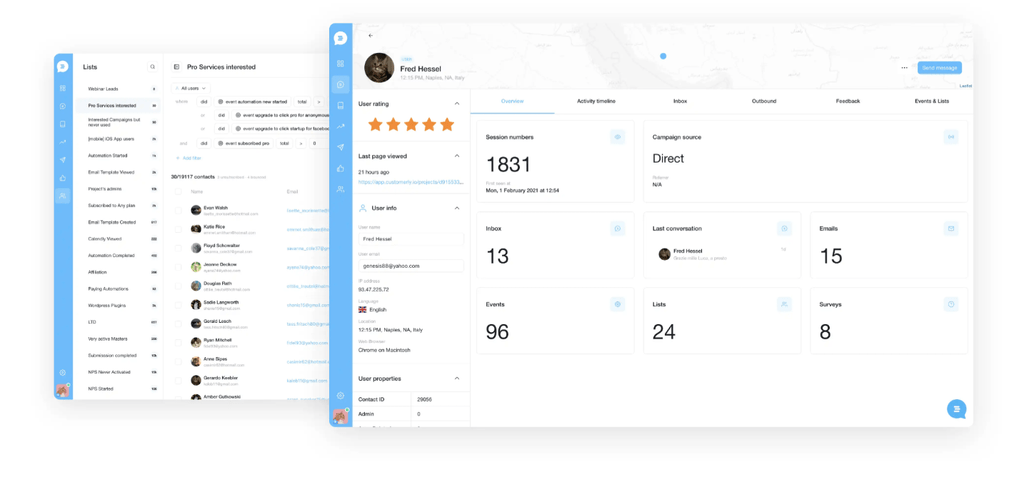
- contact properties
- company properties
- tags
- events
- campaigns
This helps you create much more rewarding experiences for each customer group—the kinds of experiences that earn purchases, retention, and advocacy.
Build Longer-Term Relationships
Customers want their experiences with businesses to be simple, straightforward, and rewarding—no moments of confusion, no moments of frustration. If you consciously work to make that dream a reality, you’re setting yourself apart from the competition and earning long-term advocates.
How To Create an Effective Customer Journey
1. Create a Customer Profile
If you want to create an effective journey for your customer, you need to know who that is—in clear, concrete terms.
A customer profile (or ideal customer persona) is like a character sheet for a TV show, movie, or D&D campaign. It’s a generalization of a customer group that’s important to your business, either because they make up a sizable portion of your total customer base or revenue.
For each customer profile you create, you’ll want to cover:
- Demographics: Who the customer is (e.g., “Chief Customer Officer at a growing B2B SaaS”).
- Psychographics: What their needs and interests are (e.g., “looking for a partner to guide the process”).
- Goals: What they hope to achieve in their journey (e.g., “boost customer support efficiency”).
- Pain Points: What keeps them awake at night (e.g., “confusing onboarding processes”).
- Current Solutions: How (if at all) they’re meeting their needs without your solution.
To get your hands on the data needed to make these generalizations, you’re going to need to run surveys to supplement CRM data. With Customerly, you can create and run custom surveys or use our pre-built customer persona template to speed the process up.
All the data you collect is automatically added to your CRM for use in analysis and automated marketing campaigns.
2. Make a List of Customer Touchpoints
Once you have a customer profile, it’s time to make a list of the customer touchpoints—or, the points of contact between them and your business.
There are an absolute ton of touchpoints that you can use to your advantage, but there’s a caveat here—not every touchpoint is well-suited to every customer at every stage of their journey.
There’s some overlap, but here’s a simplified list of common touchpoints and the stages they apply to:
- Awareness: SEO, PPC, word-of-mouth, blog content, PR, etc.
- Consideration: Organic social, case studies, demos, website visits, etc.
- Purchase: Reviews, testimonials, sales staff, branded content, etc.
- Retention: Surveys, email campaigns, etc.
- Advocacy: Loyalty programs, offers, organic social, etc.
3. Identify the Pain Points
Pain points are reliable predictors of behavior.
If you really understand a problem someone is having and know for a fact that you can solve it, it’s much easier to make a sale. So, the next step in this process is listing the pain points that bring customers to you—either on a segment-by-segment basis or in general.
Not sure where to start?
A product positioning survey is a great way to find out why customers choose your company over the competition. Start by using Customerly to target a valuable segment (paid customers, perhaps?) and launch our product positioning template to start generating data.
4. Create a Customer Journey Map
Now that you have a customer profile, touchpoints, and pain points identified—you can create a customer journey map. This is an interactive diagram that shows (in broad strokes) how a customer segment progresses from awareness to advocacy.
The map should include key touchpoints, pain points, needs, customer emotions, and the owner(s) for each stage. You should also be creating a map for each persona you identified in the first step.
Here’s an example of what this might look like:
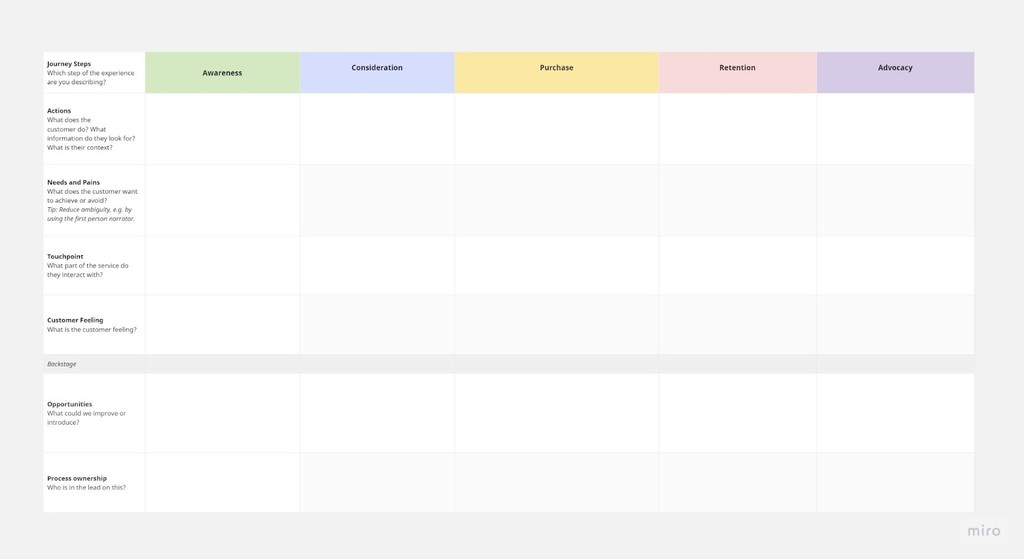
5. Determine the Course of Action
This final step is where you start using your customer journey map to fine-tune your processes.
Start by finding out which touchpoints are influencing customer satisfaction the most. Identify what’s working well and what needs improvement.
Then, brainstorm ways to improve each stage of the journey and measure success at each stage. This includes optimizing processes, running experiments, and implementing changes that will make customers feel heard and valued—ultimately leading to better engagement.
Best Practices for an Efficient Customer Journey Stages
1. Establish a Good First Impression
The first impression is the most important one. That’s why it’s so important to establish a good one from the very start—especially in the awareness and consideration stages.
2. Understand What the Customer Is Getting and Why
In every stage of the customer journey, it’s important to understand what your customer is getting and why. Your messaging should be focused on communicating the value they get from your product or service—not just on pitching them something.
3. Demonstrate Value
Withholding value is an important sales tactic—but it’s important to find a balance. Demonstrate your product or service’s value without revealing too much. Simple, transparent free trials let customers experience the offering fully and allow you to showcase its value. The trial serves as a reference for informed decision-making once it ends.
4. Stay in Contact with Customers After-Sale
It’s not enough to just make a sale—you also need to stay in contact with customers after they’ve made their purchase. This will help you build a strong relationship with them and encourage repeat business. Make sure your post-sale messaging is focused on customer success—not just upselling or cross-selling.
5. Measure Your Success
To create an effective customer journey, measuring success is crucial. Track customer satisfaction, purchase frequency, and lifetime value to understand how your strategy is performing. Use tools like analytics software, surveys, and user tests.
Conclusion
Every well-designed customer journey begins with a deep understanding of the stages that make it up.
At Customerly, we arm businesses with all the tools they need to understand and enhance every stage of their customer journey. From marketing automation tools to intelligent live chat support, we’re here to help you create a seamless customer experience that will increase satisfaction and loyalty.
Want to see for yourself? Start your 14-day free trial and take Customerly for a test drive.
14-day free trial
Create a seamless customer experience that will increase satisfaction and loyalty
